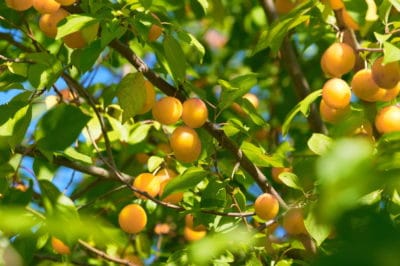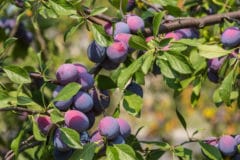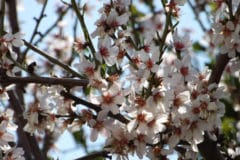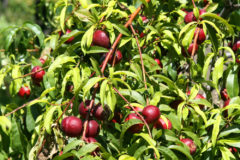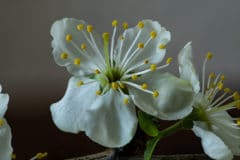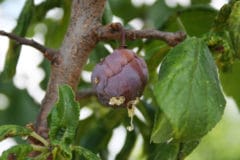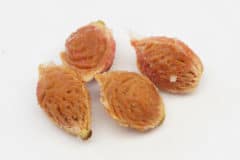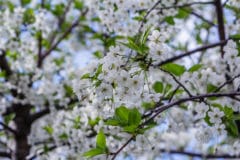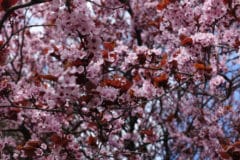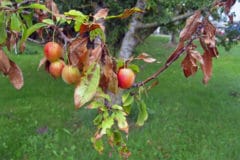Growing Zones for Plum Trees
As long as where you live is within the climactic conditions of the USDA plant hardiness zones 3 to 10, there is a species of plum tree you can grow successfully, as long as the tree is planted and tended properly.
Plum varieties suitable for colder climates down to zone 3 are:
- Damson: Popular for jam and preserves.
- Green Gage: A green fleshed plum.
- Black Ice: Juicy, dark-skinned, and similar to Santa Rosa plum.
- Mount Royal: A European variety.
Plum varieties for somewhat warmer regions of zones 5 to 9 include:
- Methely: Prolific crops of red fleshed fruit.
- Santa Rosa: Most popular fresh plum.
- French prune: Good for fresh eating and drying.
Plum varieties that do well in the warmest regions of zones 9 and 10 include:
- Beauty: A Japanese plum with purple fruit.
- Satsuma: A popular sweet, dark-fleshed plum.
- Mariposa: Small, free-stone pit, good fresh and for cooking.
Many plum varieties do well across several hardiness zones.
The Best Growing Conditions for Plums
Plum trees grow best in areas with minimal summer rain, low humidity, and winter moisture. Humid conditions foster disease problems in many plum varieties.
Plum trees grow fastest and produce the most fruit when exposed to full-sun. However, they can also do well with modest amounts of shade. Well-draining soil is best, although plums will grow in a wide range of soil types.
All plum varieties need some time in winter when temperatures drop below 45ºF (7ºC) in order to set fruit. The number of hours the tree needs in these cold temperatures is known as chill hours, and they accumulate over the season whenever conditions drop below this temperature threshold.
Plum trees need between 150 and 1,000 chill hours, depending on the variety. In general, Japanese varieties of plum need fewer chill-hours than European types and are therefore better suited to warmer areas.
It is best to plant plum trees where they are protected from late winter frosts, as these trees bloom early and frost can damage and significantly reduce flowers and fruit.
Wind can also damage blossoms, so choose a planting location protected from strong winds.
